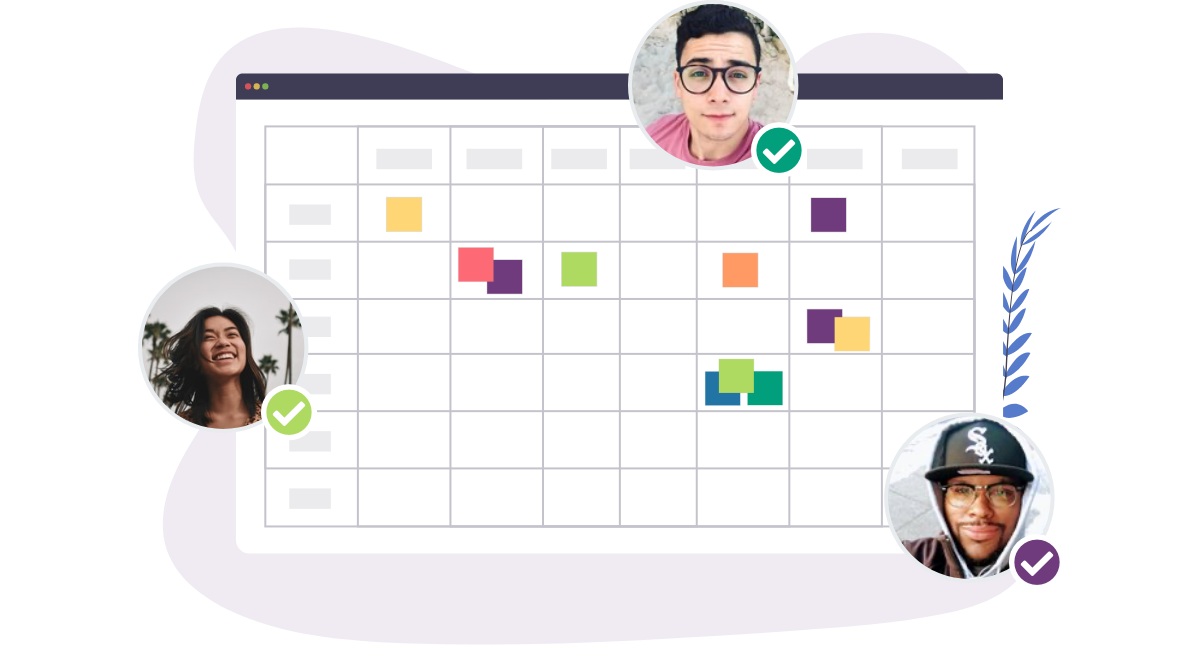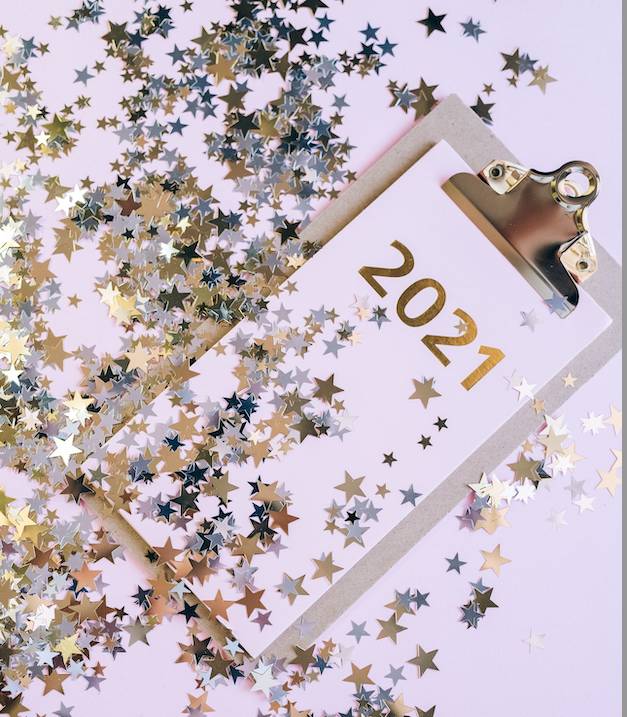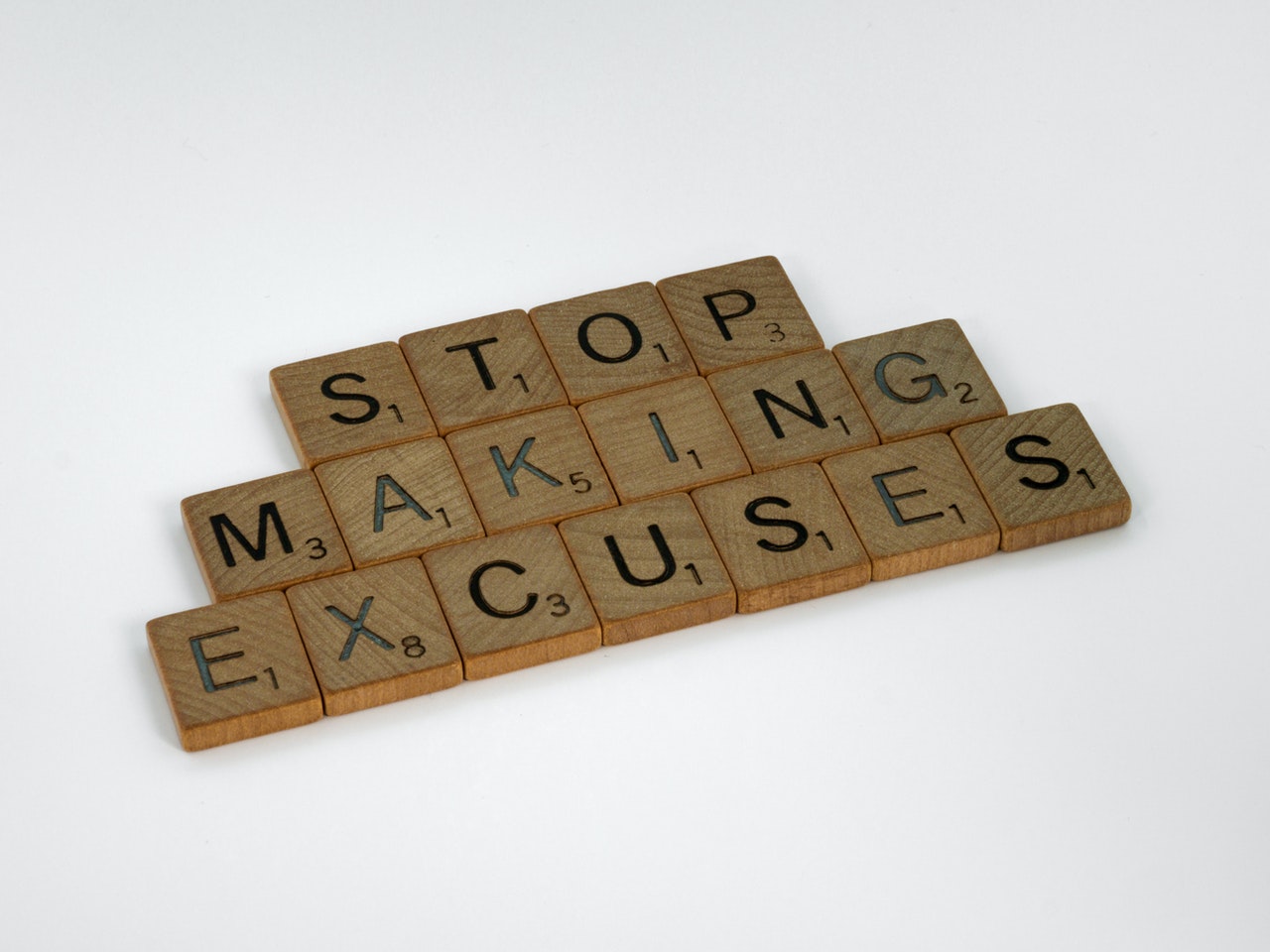

A new year is upon us again and new goals and aspirations have probably crossed your mind. We all want to be better than the previous year when it comes to achieving our goals. One way to help set yourself up for success in the new year is by updating your calendar.
You have the last 12 months of experience with managing your calendar and schedule to use as wisdom for determining how to level up your calendar in 2022. Getting your calendar ready for the new year can help you establish new routines that can be useful. Here are 7 ways to level up your calendar in the new year.
1. Set a Reasonable Limit on Meetings
Each meeting is important and you want to allow enough time to handle the agenda and make participants feel heard and understood. Sometimes, finding a time to meet can be hard with different scheduling conflicts with clients, coworkers, supervisors, or whoever you’re setting your meeting up with. After knocking out some details on your initial meeting, you can start thinking ahead.
Set a firm limit on how many meetings you can take per week and how long they will be. It helps to review your calendar for the month as well as week by week. Plan the following week in advance so you’ll know whether you can accept a last-minute invite or not. Knowing the time it takes to prepare for meetings and complete follow-up tasks, you’ll be happy you set these clear limits early on.
2. Start on Time
If you happen to be someone who helps coordinate a meeting along, this tip is for you. Instead of waiting 10 minutes for latecomers to attend a meeting go ahead and get started. You can also avoid a roll call in circumstances that the meeting will feature a lot of people. If you start on time then you’ll be able to end on time. If you end on time you can go to the next thing on your calendar and continue to work through your day. If someone comes a little late then you or someone else can give them a brief recap afterward if it’s something important.
3. One Event-Free Day Per Week
Meetings can take up a good chunk of the day. If your schedule allows it try and make at least one day per week event-free. That would allow you to free up a day to not have to go to meetings and focus on other items on your to-do list.
Emails or a big project are just a few things you can do with your extra time on these event-free days. It can be a stress-free day not having to sit through meetings most of your day.
4. Be Realistic and Break It Up
Have an idea of what you can accomplish in a day and tackle it. Don’t over schedule your calendar with a bunch of tasks you can’t get done. This will only set you up to feel like you failed to accomplish everything on your to-do list. If you’ve been writing out your day for a while you start to get a feel of what is possible to complete in a day.
Don’t stress yourself out, make your schedule as realistic as you can. You can burn yourself out and overwork yourself, know your limits. If you’re more productive in the early morning, make sure to schedule the bulk of your stuff then. If you work better after lunch, make those few hours the time to really knock out your checklist for the day.
When scheduling out your week, consider breaking up a larger task instead of trying to squeeze it into your calendar. Instead, break the task down into smaller parts. Then block out time in your calendar to focus on each step and make realistic progress.
5. Factor in Other Time Zones
There have been plenty of times that I’ve been an hour early for a meeting because the person I was meeting with lives in a different time zone. The good thing is I’ve been early most of the time and have luckily been limited to being an hour late. Outlook and Gmail both allow you to set up an additional time zone. Or, your calendar can just automatically adjust to your current time zone to eliminate confusion.
That way you, your client, or colleague are scheduling meetings then you’ll be on the same page. It’s easy to forget about especially if this is your first time meeting with them. Missing a meeting could potentially lose you a client. Being on time is important to help establish and build that relationship.
6. Include Gaps in Your Day
We all want to try and get our days completed so we can spend time with our family. Instead of setting meetings and tasks back-to-back make sure to schedule a 5-10 minute gap every once in a while. That way, if a meeting runs over then you’re not scrambling to get back on track. This can also leave you a little wiggle room just in case something pops up that you forgot about.
Leaving gaps can also give you time to answer emails. There could be an important email sitting in your inbox and all you need is the time to check it. This could also provide you a few minutes for a break to step away from your computer. If your office is at home then you can also use the extra few minutes to check in on your kids, or take the dog out for a bathroom break.
7. Consider Printing out Your Calendar
A digital calendar is fine and there are many options out there for that. But printing out your calendar could be a nice ticket to success for the new year. Keep your digital calendar in place this is something you can do alongside it. There are also planners and boards that can be a nice way to help organize your day. Being able to physically touch things can sometimes have a better impact on people. At least try it and see if you enjoy it. It might not be for everyone but is certainly worth giving a shot.
Summary
We all want to start the new year off on the right track. Getting our calendar set and better than last year is a great way to do that. Making these improvements can help you have a better organized day. You can also lessen the chances of forgetting a task or meeting if you really focus on your calendars. The ways we shared are just a few of the many you can implement to ensure this year starts off great. It’s just a good habit to utilize a calendar, and once it becomes part of your routine then you’ll be all set to grow and be productive in 2022.











Choncé Maddox
Choncé Maddox is a professional writer who recently left her job in the web design industry to produce killer content and manage her own writing business full time. She is passionate about helping entrepreneurs be more productive and create a life they love by doing fulfilling work. On the side, she runs a podcast and blogs about getting out of debt at MyDebtEpiphany.com.